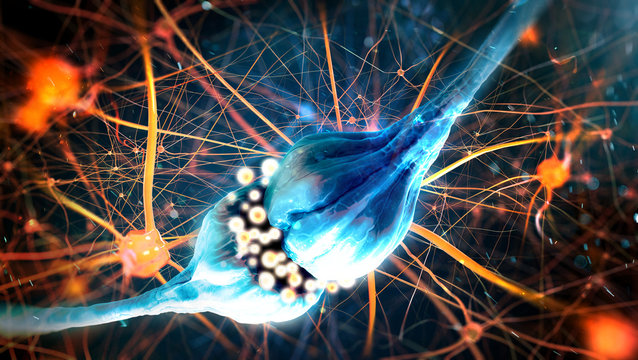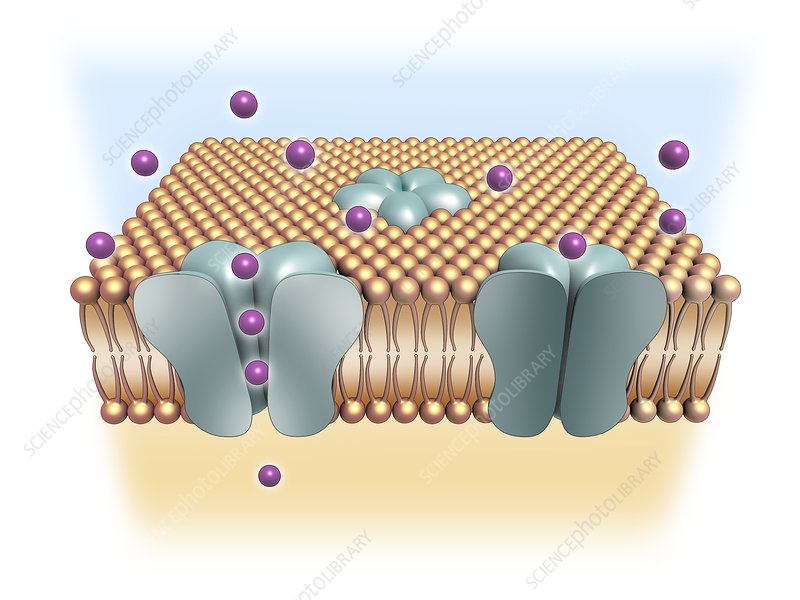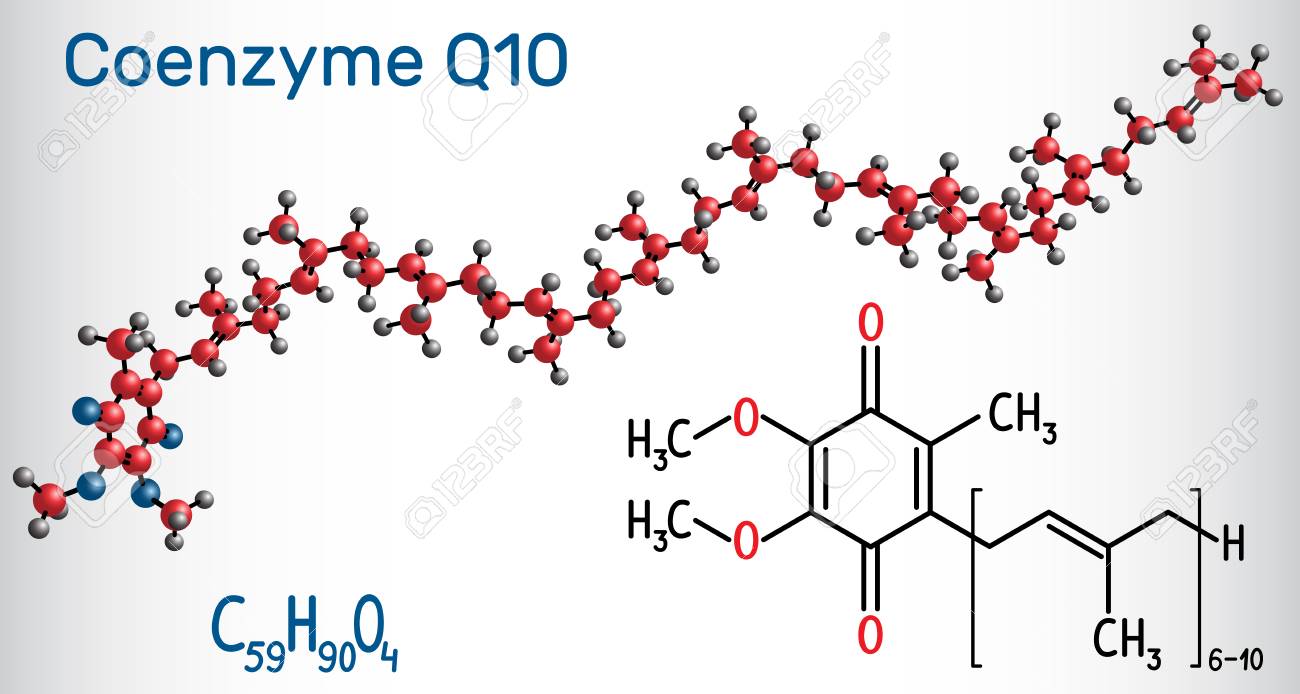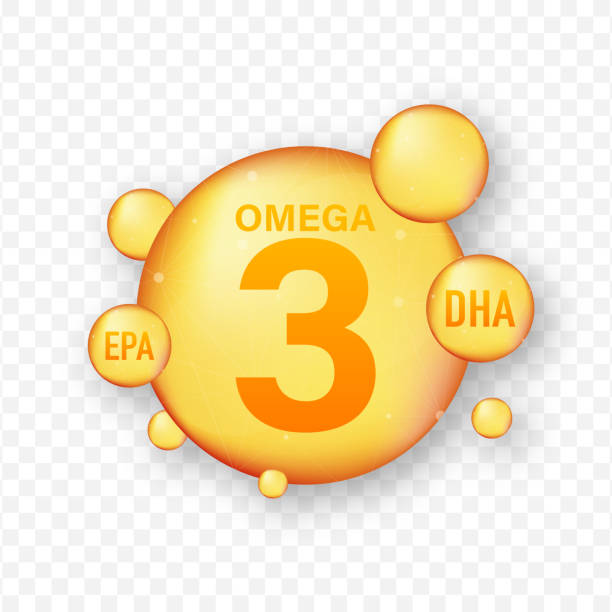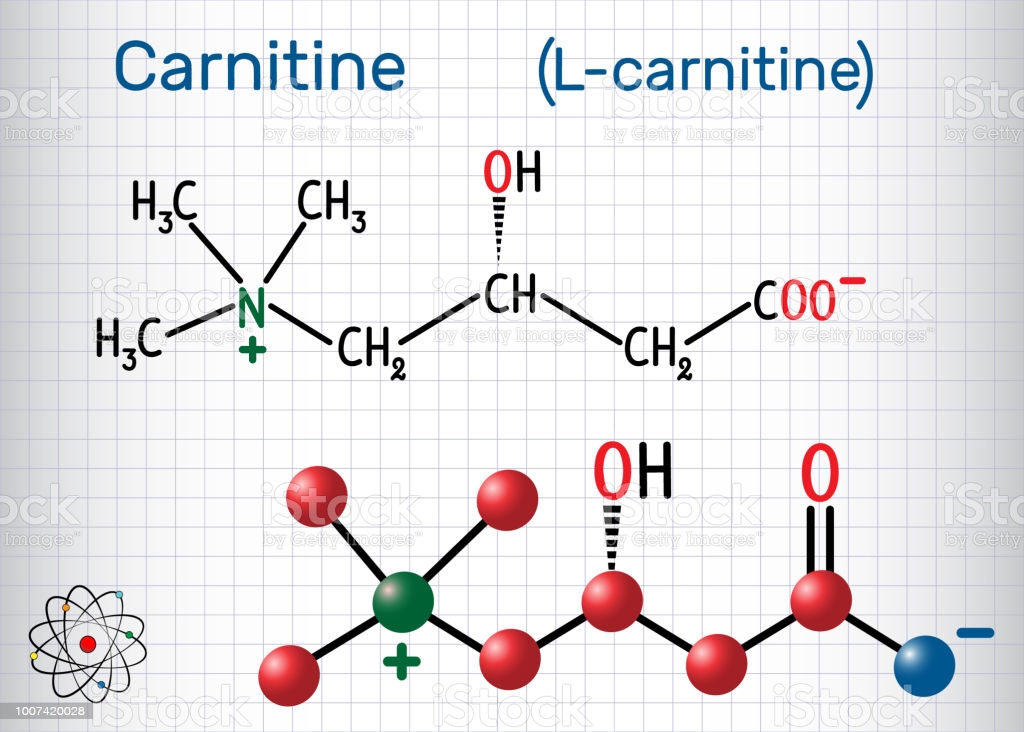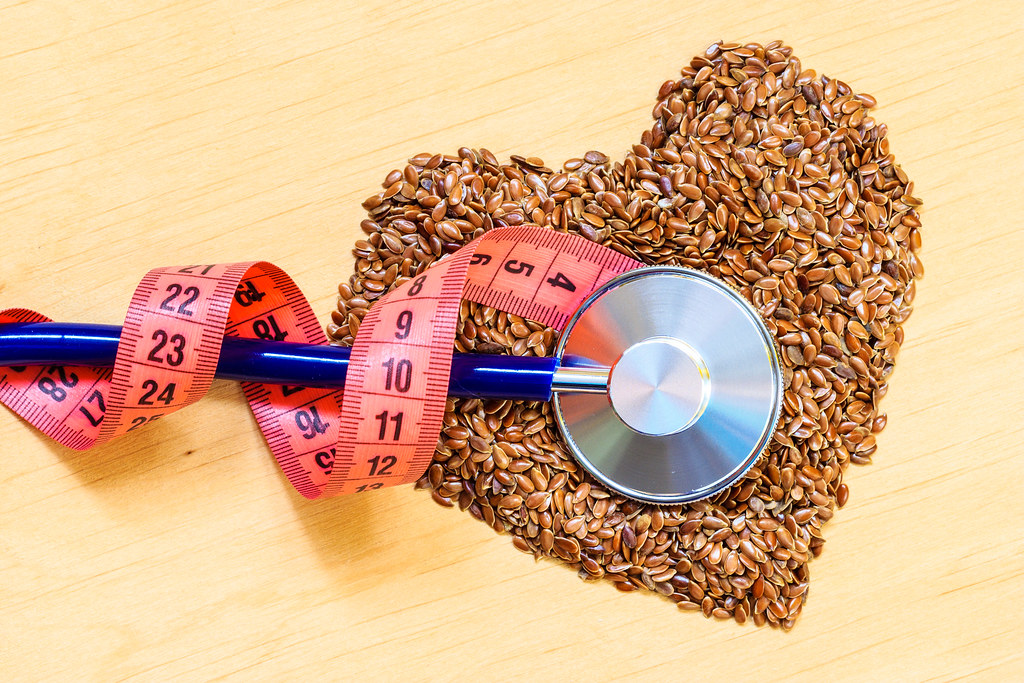Glutathione is a peptide comprised of three amino acids (cysteine, glutamic acid, and glycine) present in most mammalian tissue. In the body, glutathione’s action is 3 pronged: it acts as an antioxidant, a free radical scavenger and a detoxifying agent.
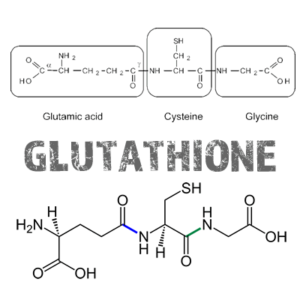
Geek corner: alongside acetylation, glucuronidation, sulfation, amino acid conjugation and methylation, glutathione conjugation is one of the 6 phase 2 detox conjunction pathways of the body; it is responsible for approximately 60% of toxin processing in the body.
Glutathione helps with general body detoxification, but is especially useful in detoxifying:
- metals, alongside alpha lipoic acid
- mold, alongside oregano oil
- pesticides/herbicides, alongside activated charcoal
It is also an indispensable agent in both phases of liver detoxification.
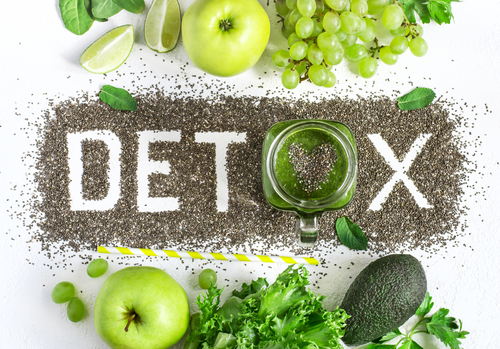
As a supplement, glutathione needs to be administered in its liposomal form (attached to tiny fat particles, called liposomes) in doses of 500mg once or twice daily, ideally sublingually. It works synergistically with other detox procedures, such as hot sauna sessions or coffee enemas, both of which up-regulate glutathione production.
However, glutathione is best obtained, when possible, through food intake. Given it is a tri-peptide, an adequate protein intake is the basic requirement to maintain sufficient glutathione levels. Good food sources of glutathione are sulphur rich foods, such as pork loin, chicken liver, beef steak, whey protein, as well as asparagus potatoes, avocado, zucchini, tomatoes, okra, spinach, parsley and cruciferous vegetables.
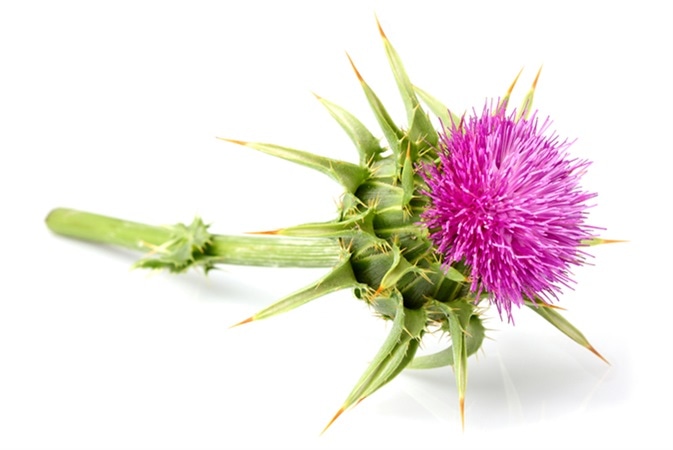
A few other substances also help with internal glutathione production and maintenance:
- resveratrol, an antioxidant which can cross the blood brain barrier and can, alongside alpha lipoic acid, recycle glutathione within the body
- vitamin C
- curcumin, found in turmeric
- milk thistle, which inhibits depletion of liver glutathione
- selenium, needed for the production of glutathione peroxidase, the enzymatic form of glutathione
Glutathione is also necessary for regulation of telomerase activity, an enzyme that extends the length of chromosomal telomeres, as well as for maintenance of the mitochondrial matrix, our cells’ energy producing factory.
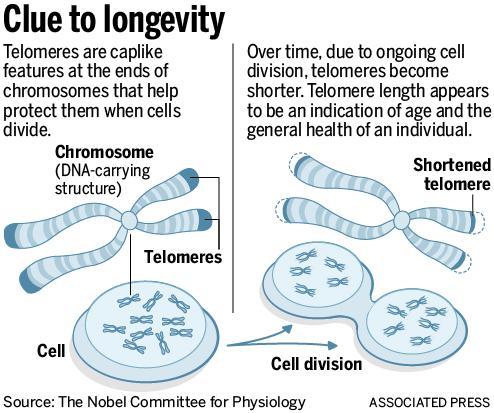
So how can you track your glutathione levels? Well, lab results looking at GGT and glutathione peroxidase are a good start. GGT is a liver enzyme used in glutathione transportation within the body, whereas levels of glutathione peroxidase are a good proxy for longevity in general.
And what can you do about glutathione? You can either build a strategy for continuous replenishment of glutathione precursors or follow us and buy our products, whichever seems easier to do.
~Mihai


